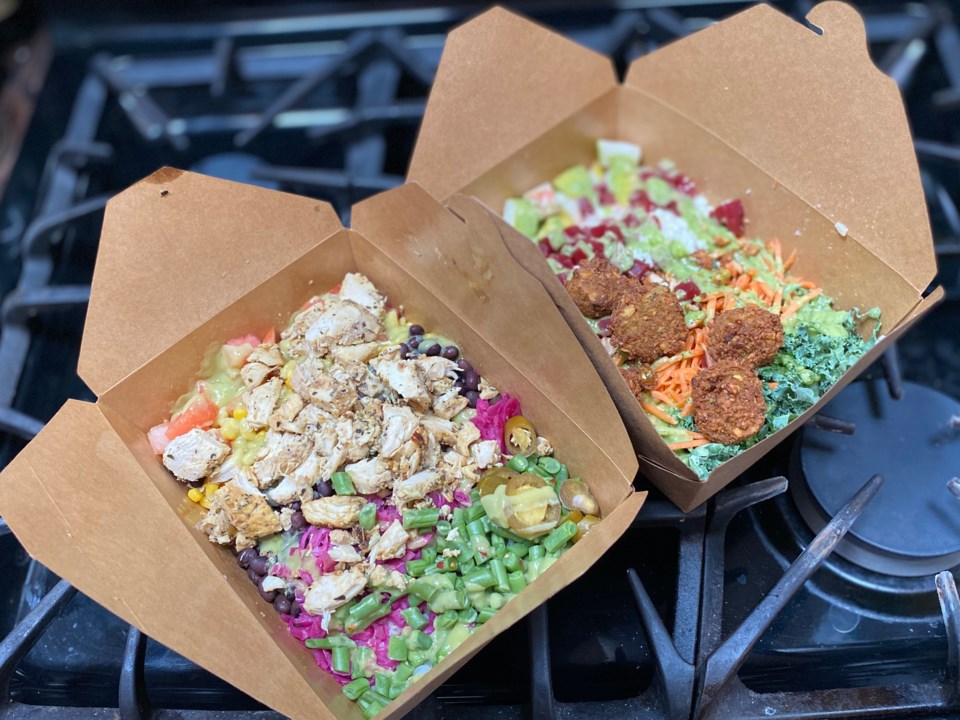It was only fitting that I found myself falling down yet another rabbit hole of culinary history while feasting on my beet box from Lucky Belly Food Co. I discovered a fascinating progression through time of convenient tools used for toting food, and boxed lunches were no exception.
When I think of lunch boxes, I recall those lacquered metal — and later, plastic — cases that neatly housed a thermos and had room for a sandwich, an apple, maybe a cookie if you were lucky. Heavily influenced by pop culture of the time, children proudly carried around their kits embellished with pictures of the Partridge Family, the Harlem Globetrotters or even Scooby-Doo.
Of course, in very early times before any kind of box came to be, food was eaten where it was found. Humans were fairly self-sufficient, making and catching what they needed right where they were. When storage was necessary for transporting food, nature offered up shells or leaves to use. Later, containers were carefully constructed from natural materials, such as grasses and logs.
And then we got really creative.
Sheets of mulberry bark, hemp and rags were used by the Chinese to wrap food in the first or second century B.C. Over the next 1,500 years, paper-making techniques were fine-tuned and spread to the Middle East, then Europe and into the United Kingdom. Eventually, the technique arrived in North America, but it wasn't until the 1800s that wood pulp paper emerged, a cheaper and more abundant alternative to cloth. This became a predecessor to the cardboard that we know today.
In fact, the shoe box set its own example of food packaging history.
As a response to the historical oppression of Black communities — which continued even after Jim Crow segregation laws were thrown out — shoe boxes offered some dignity not afforded to Black families when travelling. Turned away from diners and hotels, they needed food that travelled well over long stretches of rail or road. This style of packing food for road trips became an emblem of resilience in the southern U.S.
More recent decades have brought about their own lunch box revolution. Plastic boxes, now more or less shunned, bred insulated cloth bags while globalism brought bento boxes from Japan and tiffin containers from India.
Back in time, working outside the home made it necessary to have something to protect and transport a meal. But now, thanks to COVID, many are staying home making food. All day long. The lure of someone else’s cooking for a change is strong these days. We’re seeing great ingenuity with boxed meals, subscriptions and meal kits now, as a necessity to keep some of us home while supporting our favourite local restaurants in their time of need.
My support came in the form of a large beet box. It was filled with shredded kale, pears, roasted beets, feta, carrots, honey-roasted peanuts, arugula and pesto. A hearty lunch (or dinner) that offers all the key ingredients for satisfaction: good health, texture and perfectly co-mingled flavours. My partner opted for a Cancun box. Such is the Lucky Belly Food Co. style, showcasing globally inspired fast-casual fare at 763 Woolwich St., Guelph.
BEST BITES is a twice monthly column that looks at the history of an ingredient or menu item, and then offers a local example.



